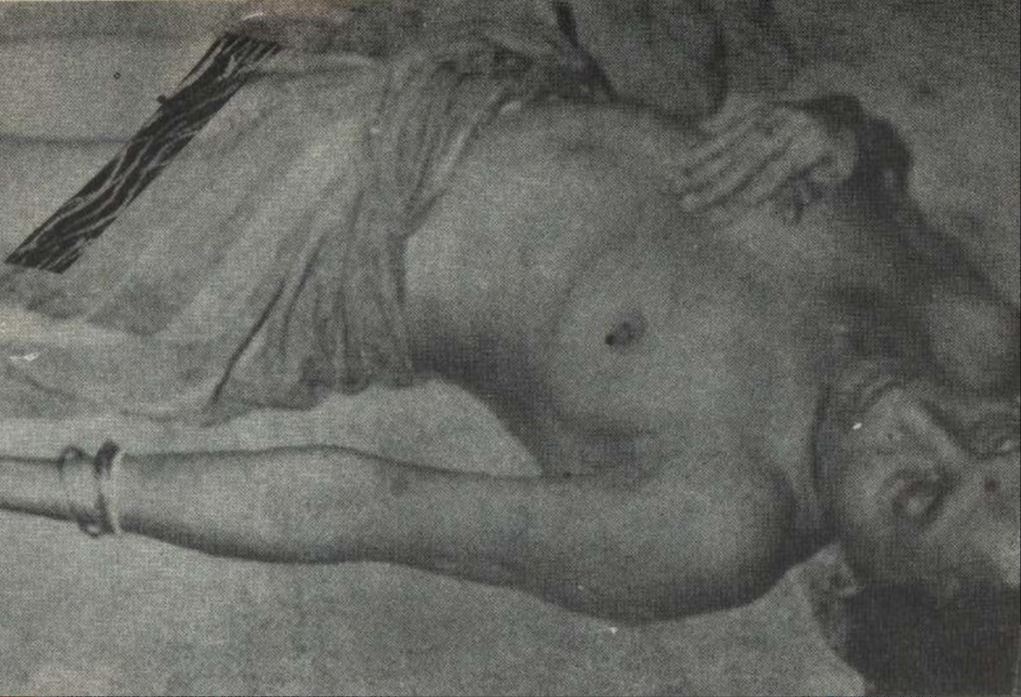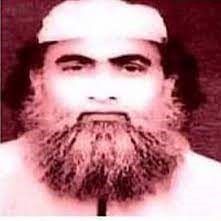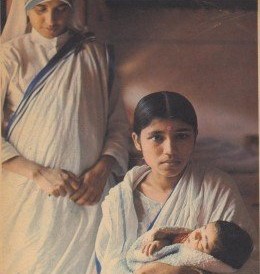RAPE
The atrocities on women assumed various forms in the various stages of the genocide. In the first phase of the genocide (1958-65), incidents of gang rape occurred during the Ayubian massacres (1961-64). In 1964 there were large scale abductions and reports of abducted women being auctioned and sold to sexual slavery in the Middle East. Apart of these, the atrocities were primarily limited to the seemingly isolated cases of abductions and forced marriages during the first three phases of the genocide. In the final phase of the genocide (1971), rape was sanctioned as legitimate by the clergy and the military administration and used as one of the instrument for the perpetration of the genocide. Genocidal rape was common during the ‘Kill and Burn’ missions and there were large scale abductions of women who were raped in captivity.

Official policy
Why would I rape a Bengali [Muslim] woman when [Bengali] Hindu woman used to come to us on their own?
General A.A.K. Niazi
War of Words, The Herald Annual, January 1999
The Pakistan military junta viewed the operation in East Pakistan as a ‘holy war’. The infidel women were considered as war booty. The testimonies at the Hamoodur Rahman Commission and memoirs of several Pakistan Army officers refer to General A. A. K. Niazi himself being a rapist. General Niazi later clarified that he raped only Bengali Hindu women and didn’t rape any Bengali Muslim woman.

Several clerics in West Pakistan sanctioned the rape of Hindu women. In East Pakistan, Maulana Abu Zafar Muhammad Saleh, the revered Pir of Sharshina issued a fatwa stating that Hindu women were maal-e-ghanimat and therefore it was lawful to rape them. During the massacre of Bengali Hindus at Hasamdia in Faridpur District, Peace Committee member Maulana Khondokar Kaosar Ali issued a fatwa that Hindu properties and women were maal-e-ghanimat. After the fatwa, the Bengali Hindu women who had fled to the nearby jungles were raped by the Pakistan Army and their local collaborators. The Al Badar militia which was raised with the members of Islami Chhatra Sangha, the students wing of Jamaat-e-Islami was involved in acts of rape.

Bari recorded his involvement in raping a Hindu girl on 29 Oct 1971
Rape on spot
There were six soldiers in all. Two went into the room that had been built for the bridal couple. The others stayed behind with the family, one of them covering them with his gun. They heard a barked order, and the bridegroom’s voice protesting. Then there was silence, until the bride screamed. Then there was silence again, except for some muffled cries that soon subsided.
In a few minutes one of soldiers came out, his uniform in disarray. He grinned to his companions. Another soldier took his place in the extra room. And so on, until all the six had raped the belle of the village. Then all six left, hurriedly. The father found his daughter lying on the string cot unconscious and bleeding. Her husband was crouched on the floor, kneeling over his vomit.
Aubrey Menen’s pen picture above succinctly describes the typical genocidal rape in 1971. The Pakistan Army contingent would come specifically for the purpose of rape, then perform the act of serial gang rape in front the family members of the victim, usually the father or the husband who would be forced to submit to the humiliation.
A different form of genocidal rape occurred in conjunction with the massacre of the male population during the ‘Kill and Burn’ missions. In such cases, the Pakistan Army accompanied by the local collaborators would arrive at a village and round up the male and female members separately. The males would be lined up and summarily executed while the females would be subjected to mass rape. The incident of mass rape during the massacre at Dampara Union of Nikli Upazila in Kishoreganj District on 23 September 1971 has been acknowledged as ‘genocidal rape’ by the International Crimes Tribunal.
Rape in captivity

Thousands of women were abducted by the Pakistan Army, usually with the help of their local collaborators, and taken to the army camps. The women were confined in rooms and repeatedly raped by the soldiers every night with the intention of forced impregnation. The women were kept naked and even had their hairs shaved, in order to prevent them from committing suicide using the end of the saree or their hair braids.
The soldiers also committed acts of bestiality on the rape victims. Breasts were bitten, bayonet or other objects were forcibly inserted in their private parts. The victims underwent unprecedented trauma. Apart of various sexual and skin diseases they suffered from mental disorders. Thousands of such captive women were rescued by the Indian Army after the fall of the genocidal regime.
